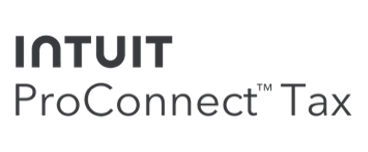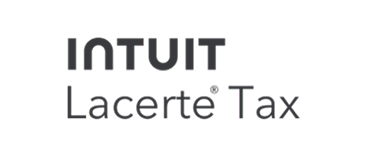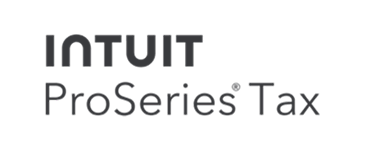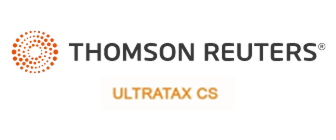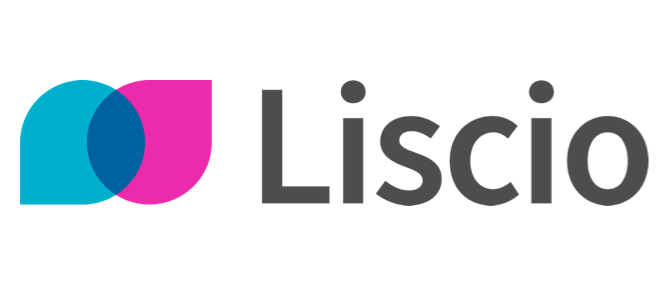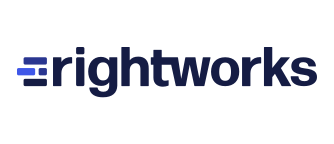
Digital-First Accounting: The Partially Paperless Approach
Paperless is the word of the decade for the accounting industry. However, few companies can achieve this lofty goal, with only about 18% of businesses today considered truly paperless.
This modern push just isn’t possible for every business, and you shouldn’t feel pressured to change completely. Even if you transition to paperless, it’s unlikely that every one of your clients would also do the same.
Digital-first accounting is an effective middle ground between paperless and traditional accounting. This approach lets you tap into the benefits of digital accounting without entirely abandoning paper-led processes.
The paper reality in modern accounting
For all the excitement behind paperless, the truth is that paper isn’t going anywhere anytime soon. To anticipate the challenges you could come up against when making this transition, it’s important to first understand why your practice currently uses paper.
Client preferences
From receipts to W-2s, some clients simply prefer the paper copy — whether due to a lack of trust in the cloud or just old habits. If you position your firm as paperless, you may risk losing or having difficulty with clients who prefer to maintain paper source documents.
In these instances, you’ll have to digitize these files yourself (increasing the time it takes to perform your duties) or turn away clients. Either way, a staunch commitment to paperless accounting can lead to a lower bottom line.
Resistance to change
Your employees and clients alike may not be interested in changing how they do business. This resistance makes paperless alternatives important to finding a compromise that works for everyone.
Varied access to technology
Some clients may not have access to the tools necessary for doing business with a paperless firm. Similarly, your firm may not be interested in investing in a completely new digital workplace. Finding a middle ground allows you to accommodate the broadest range of technology options while remaining budget-conscious.
What is digital-first?
Digital-first accounting is a strategy that prioritizes digital documentation without eliminating paper usage. A digital-first approach allows your firm to access the benefits of digital efficiency while maintaining relationships with clients who prefer paper.
This strategy recognizes that sometimes you’ll have to work with paper, but digital-first encourages your firm to prioritize digitizing those documents and processes as much as possible.
Benefits of digital-first accounting
Digital-first accounting gives you the best of both worlds by adhering to paper-preferred clients while tapping into the benefits of paperless workflows. This allows your team to take advantage of features such as:
- Remote work capabilities
- Better client service through flexibility
- Risk management through immediate digitization
- Improved collaboration
- Secure document storage
- Regulatory compliance
- 24/7 cloud-based access
Digital-first thinking creates better outcomes due to its broad scope. Through the benefits of paperless workflows, you can accelerate your work, improve employee productivity, and reduce costs. However, this hybrid practice ensures you won’t risk losing loyal paper customers or be forced to turn away new ones.
To understand if your digital-first strategy is succeeding, you can set up goals and monitor metrics such as:
- Time per return
- Customer response rate
- Customer satisfaction ratings
- Cost per return
These metrics help you understand whether your new methodology is saving you time and money while maintaining the quality of your services.
Moving forward with digital-first accounting
If you’re convinced this strategy is right for your business, you must take the time to properly integrate it into your workflows. Laying the groundwork for your new strategy will help you gain the maximum benefit with minimum resistance.
To get started with your digital-first workflow, you must first take a few steps to set yourself up for success:
- Connect your tech stack: Finding a solution that plays well with your existing technology is essential to a successful digital-first strategy. Take the time to identify gaps in your current capabilities and invest in the solutions that offer the most return. Solutions like SmartVault’s document management system (DMS) offer industry-specific features that provide the benefits you need while integrating with the other programs in your tech stack.
- Identify your pain points: The solutions you use to build your digital-first workflow should directly solve any shortcomings or bottlenecks your firm currently faces. Make a list of issues you want to resolve and look for the best software for remedying these roadblocks.
- Consider security needs: The digital solutions you invest in should meet any regulatory requirements your firm must follow to remain compliant. Solutions like SmartVault are designed to adhere to FTC requirements to ensure your client data is kept safe.
- Create repeatable processes: Once you’ve invested in the right solution, you must build a new set of internal processes and workflows that are easy for your team to understand and scalable as you grow your business.
- Set clear expectations: Everyone measures success differently, so setting clear goals at the beginning of your transition will help you accurately track the effectiveness of your digital-first strategy.
- Communicate with your team: Getting team buy-in is essential to the success of your strategy. Get their feedback, identify potential issues, and define best practices to maintain a happy, cohesive team dynamic throughout your implementation process.
These steps are the building blocks that can help you lay the foundation for a digital-first strategy and transform your business through efficient paper processes.
Interested in trying digital-first accounting? Learn more about creating a digital-first strategy when you schedule a demo with the SmartVault team.
